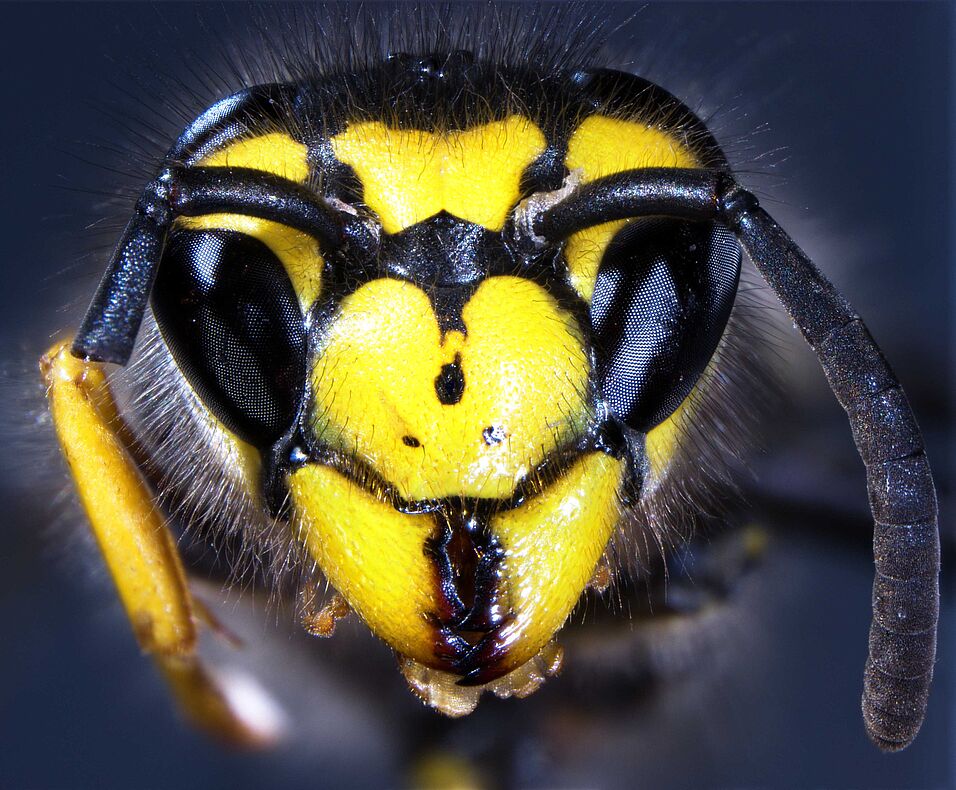Kuba K & Krenn HW (2022)
Insects. 2022; 13(2):185. https://doi.org/10.3390/insects13020185. Link. Published online 10 February 2022
Abstract
The mouthparts of Vespidae have evolved to forage various solid and liquid foods, such as animal prey, carbohydrate-rich fluids, as well as woody fibres for nest construction. Before nutritional fluids are ingested into the crop, bigger particles need to be filtered out. This study examined the functional morphology of the mouthparts, the preoral cavity, and the proximal alimentary tract inside the head focusing on this filtration process. The feeding organs and preoral cavity were studied using µCT and SEM that were complimented by feeding experiments with glass beads in workers of Vespula germanica. To visualize fluid ingestion into the head and alimentary tract, barium sulfate solution was used as contrast agent; a method that is rarely applied in entomology. Experimental results indicate that large glass beads (>212 µm) were filtered by the mouthpart structures before entering the preoral cavity. Smaller glass beads (152–212 µm) were found inside the infrabuccal pocket in front of the mouth. Morphological evidence indicates that cuticle structures of the epipharynx, hypopharynx, and cibarium filter this particle size inside the preoral cavity while glass beads < 152 µm reach the crop. A double fluid filtration system is proposed that is formed by (1) bristles of the mouthparts and (2) microtrichia of the preoral cavity.

